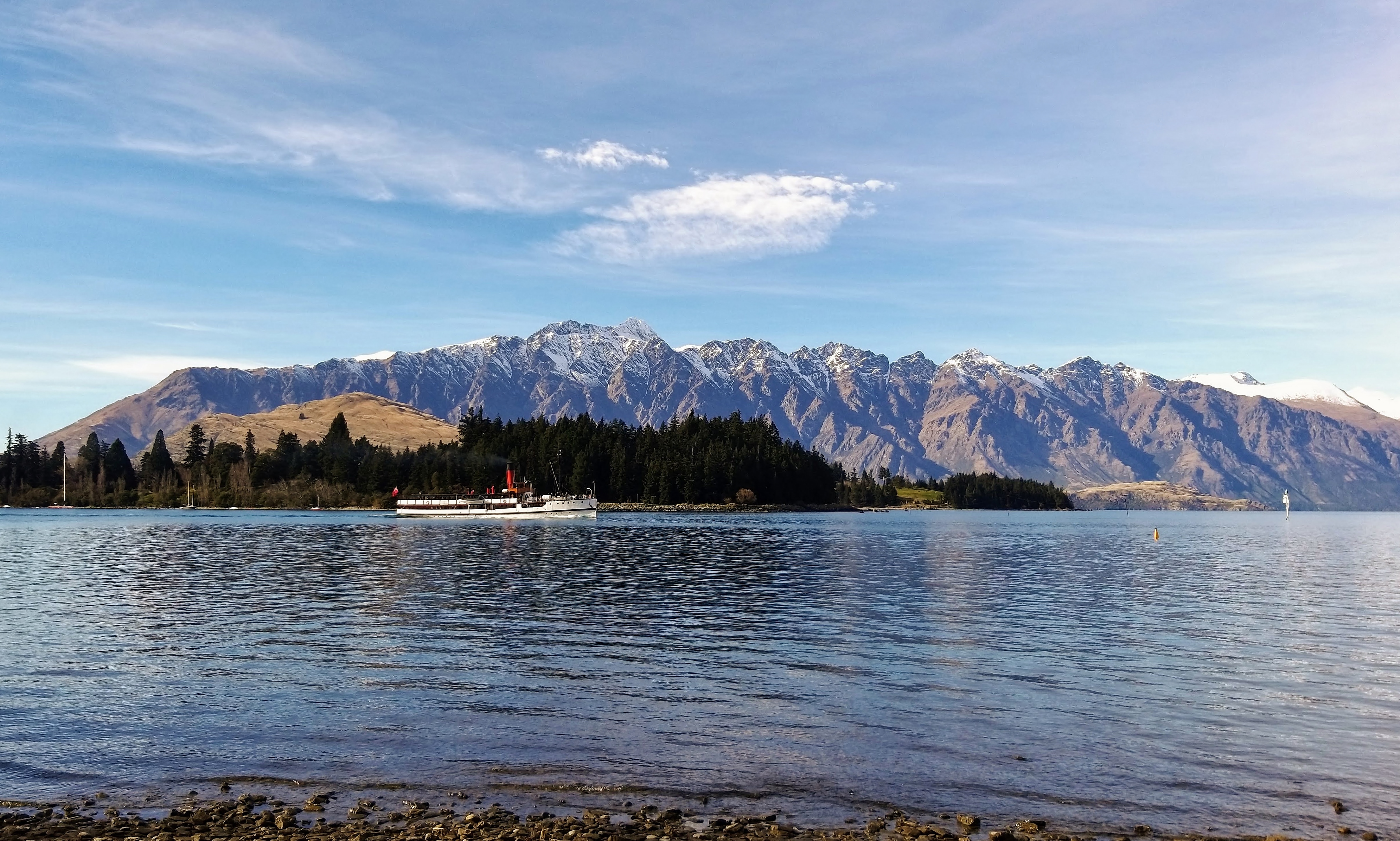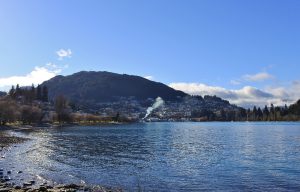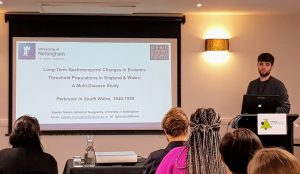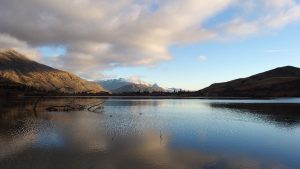
October 1, 2019, by lzzeb
Attending the IMGS in New Zealand’s South Island
A blog by Alastair Munro, PhD researcher in the School of Geography
Earlier this summer, I was fortunate enough to attend the 18th International Medical Geography Symposium (IMGS), 30th June – 5th July, in New Zealand. For me, the trip was one of several firsts; my first long-haul flight eastwards, first-time setting foot in the Southern Hemisphere (coincidentally also the first time the IMGS had set foot in the Southern Hemisphere) and my first-time attending the conference, which originated here at the University of Nottingham, in 1985.
After nearly 40 hours of travel, I finally arrived at the setting for the conference, Queenstown, a couple of days before it commenced. Queenstown is situated on the shores of Lake Wakatipu, cradled by the Southern Alps. Whilst the UK was in the grips of a heatwave, it was the height of winter in New Zealand. Yet despite the glacial temperatures, each morning the walk to the conference venue was a joy thanks to the spectacular scenery.
The IMGS is a bi-annual, global meeting of medical and health geographers, with the majority of presenters coming from a variety of institutions in North America, Australasia and the British Isles. The week-long conference opened with a fascinating talk from Dr. Anneka Anderson, of University of Auckland, who discussed the impact of colonial conceptions of space on Māori health and wellbeing in New Zealand. The IMGS offers a wonderful opportunity to engage with research in so many diverse, innovative and challenging areas of the wider discipline, and learn about emerging directions in the field. Topic areas included therapeutic landscapes, geographies of disability, green spaces and healthy cities, to name a few. One of the most interesting sessions I attended was on vector-borne diseases, in which a fascinating array of quantitative, qualitative and mixed-methods approaches were covered, with research on liver fluke infections, dengue fever and zika virus. The session certainly gave me food for thought on how to best visualise geographical disease data in future work and reminded me of the surprising diversity of methodological approaches within quantitative medical geography.
My presentation – on long-term spatiotemporal changes in endemic threshold populations in England & Wales, focusing on whooping cough in South Wales – fell on morning of the last day of conference. I was the final presenter of the session, ‘Understanding spatial patterns in disease risk’. As the speakers before me gave confident, engaging presentations, the audience slowly grew, yet I felt pretty comfortable, calling upon the positive experience I had presenting at the AAG meeting in Washington in April, which was the first time I had presented my research findings to an audience outside of university, let alone internationally. I found that rehearsing the presentation in the week leading up to the talk, reminding myself that I’m the expert on what I present, and adrenaline on the day carried me through what I had initially imagined to be a sink-or-swim scenario. Now back to the IMGS. The presentation went well, managing to showcase my research within the allotted time of 15 minutes without any hitches. Questions asked at the end surrounded data quality, and the data collection/digitisation process. I received positive feedback too, which certainly helped to put any lingering notion of ‘imposter syndrome’ out of my mind. It was a very successful conclusion to a very interesting, busy week of learning, communicating knowledge, and establishing connections with researchers from other institutions with common, shared interests.
All that remained was to make the most of my time I gave myself to explore some of the wonders of New Zealand before arriving back to the UK, blocking out the news and launching myself, with both feet, into writing up my thesis. Admittedly, that’s easier said than done (The blocking out the news bit, that is).
No comments yet, fill out a comment to be the first




Leave a Reply